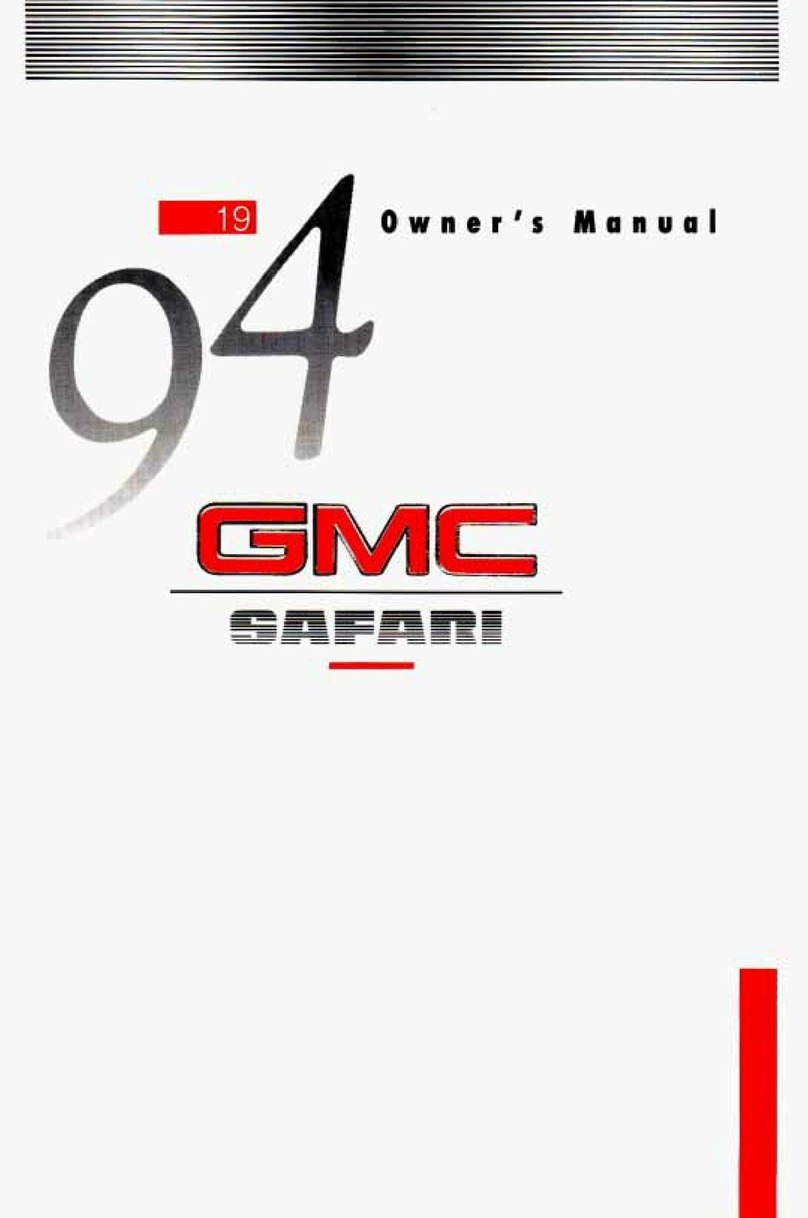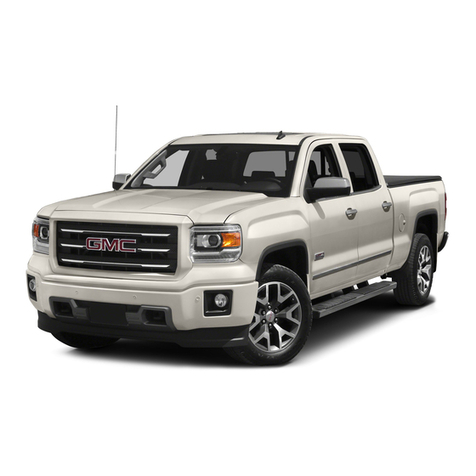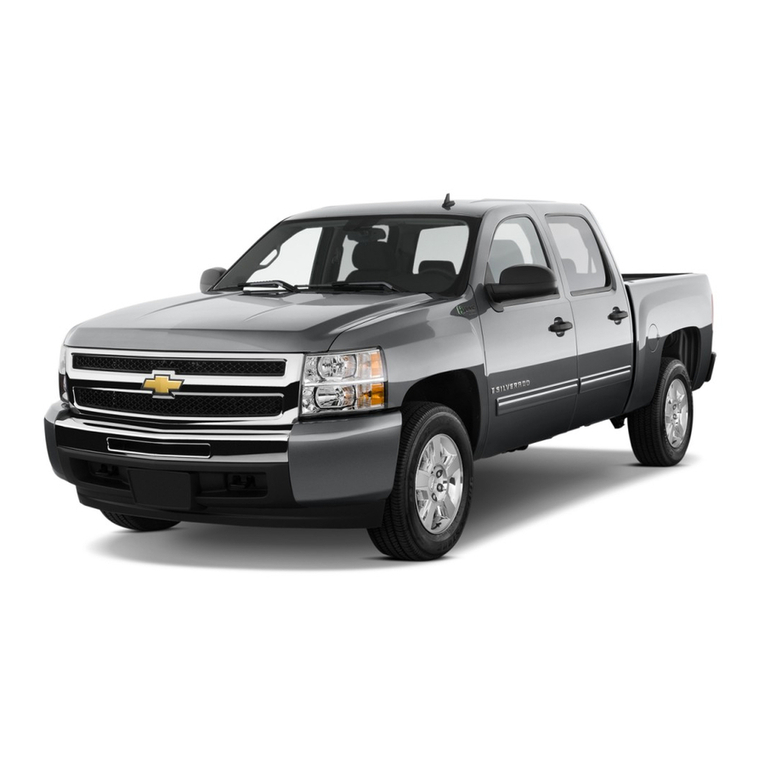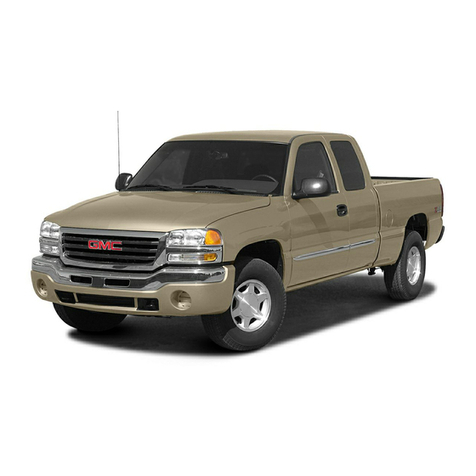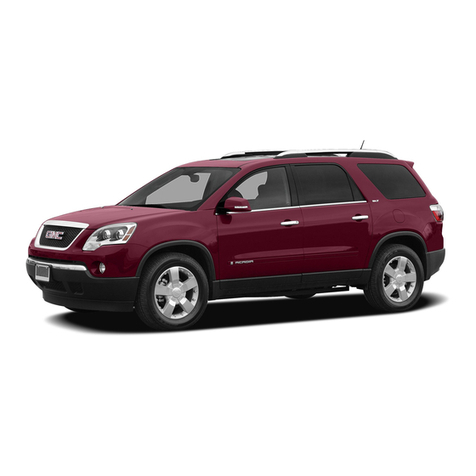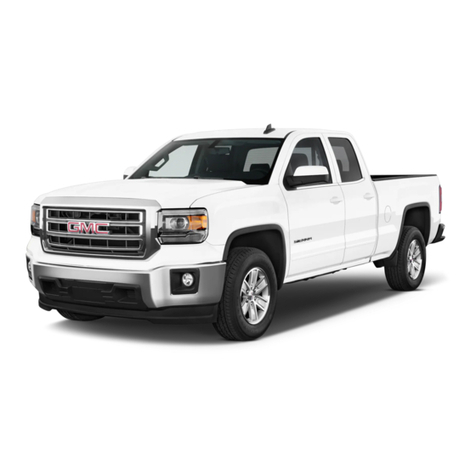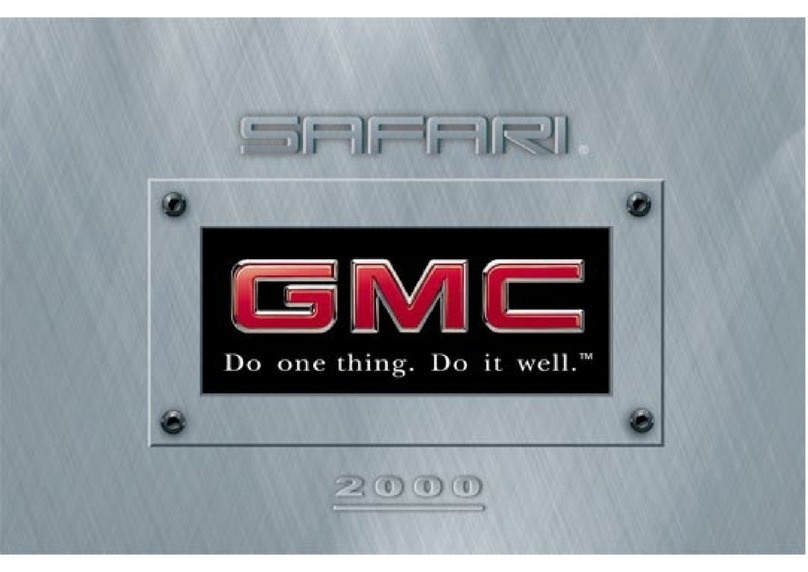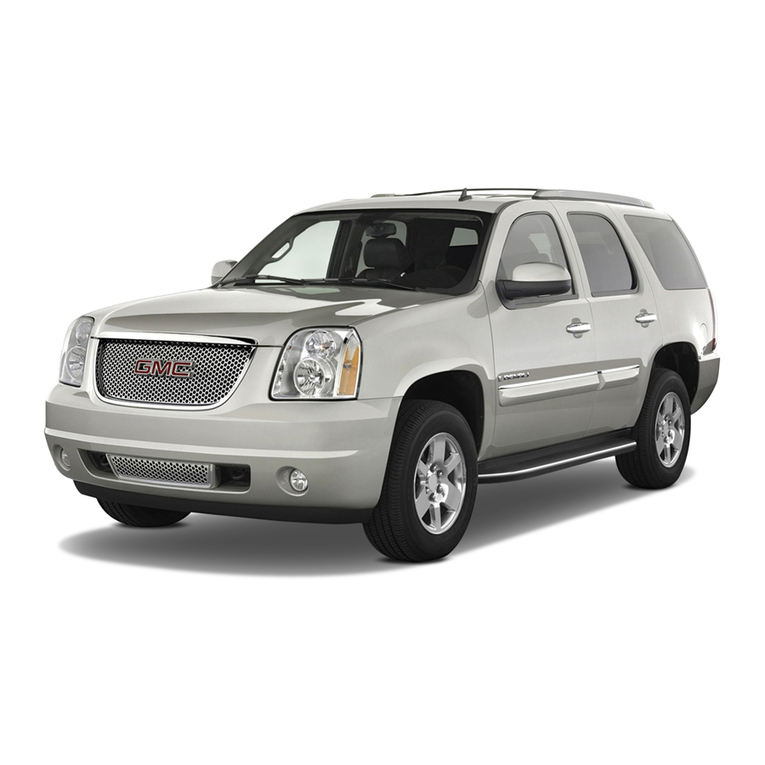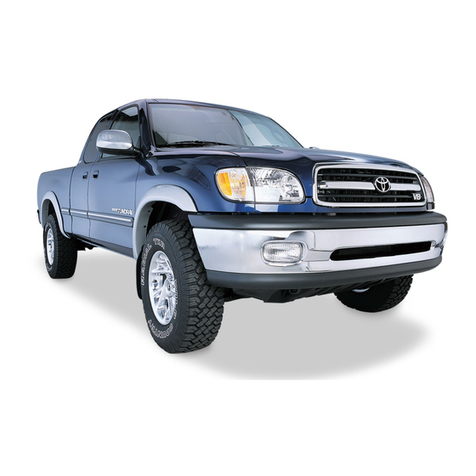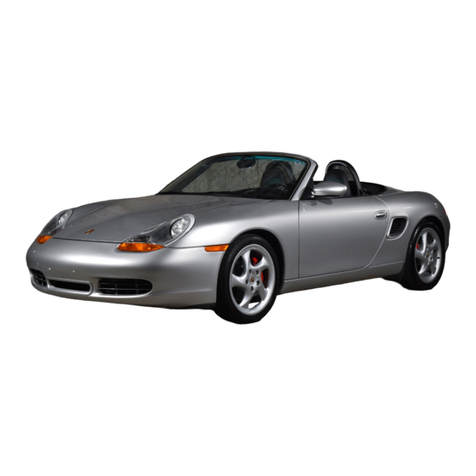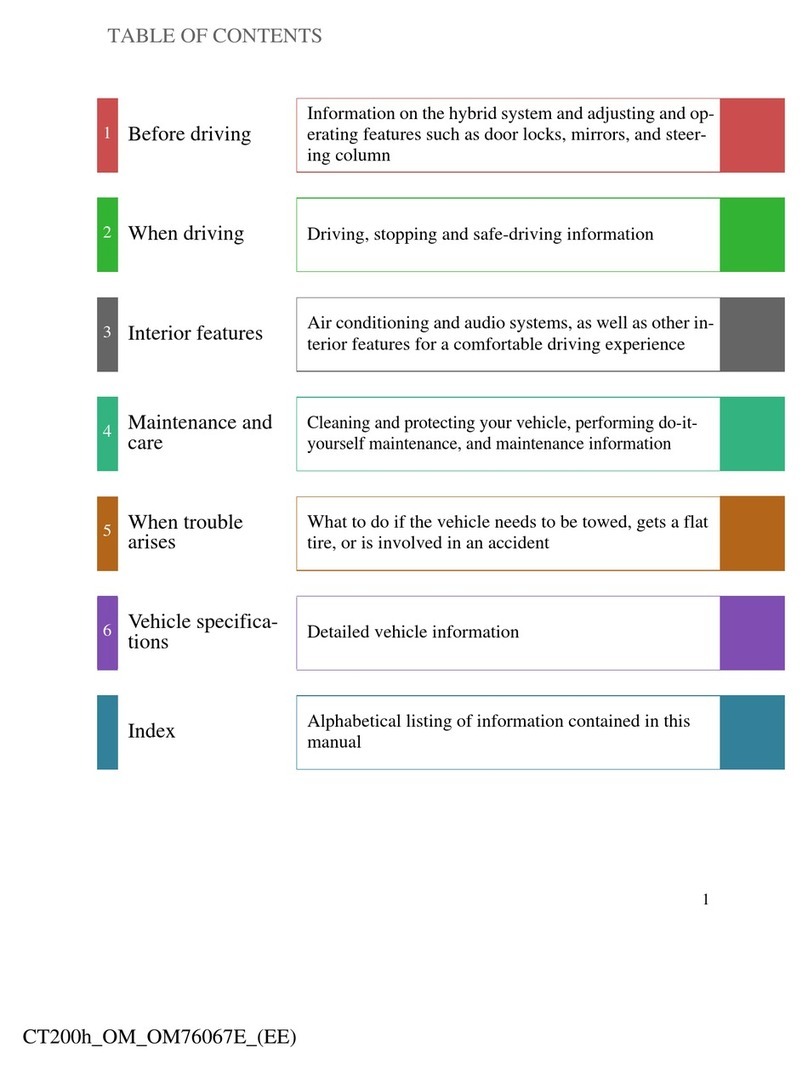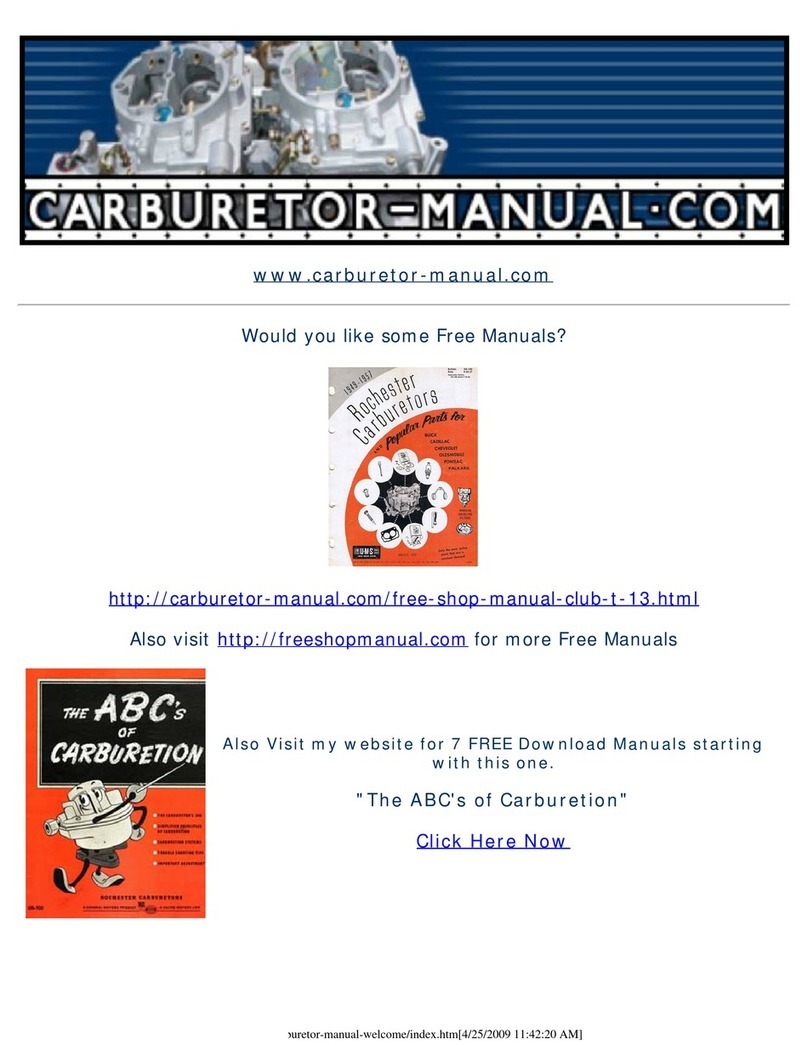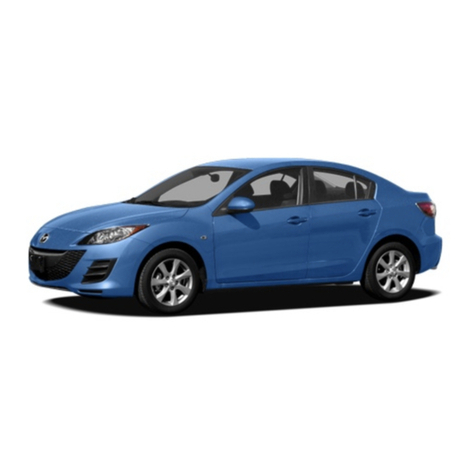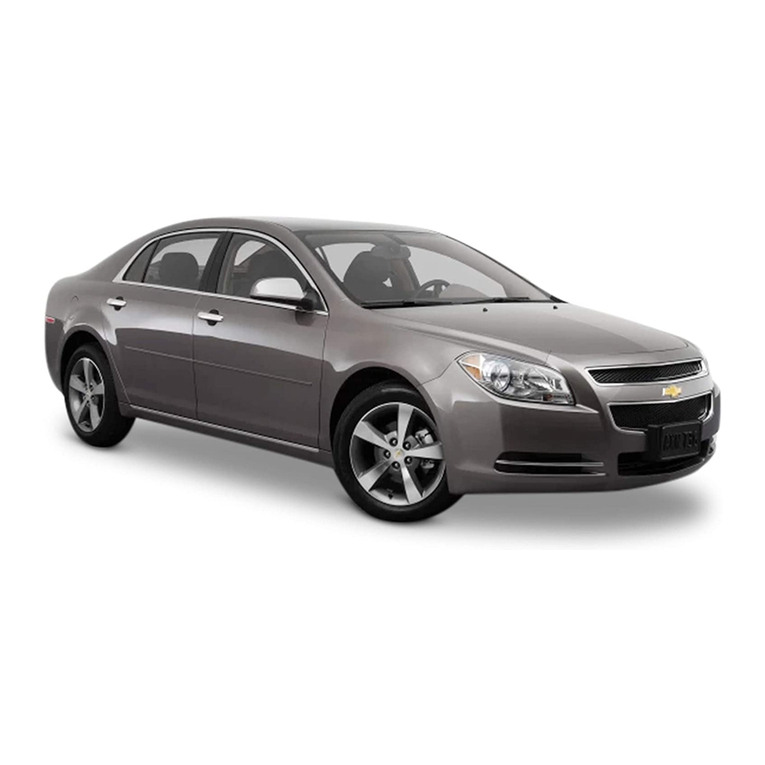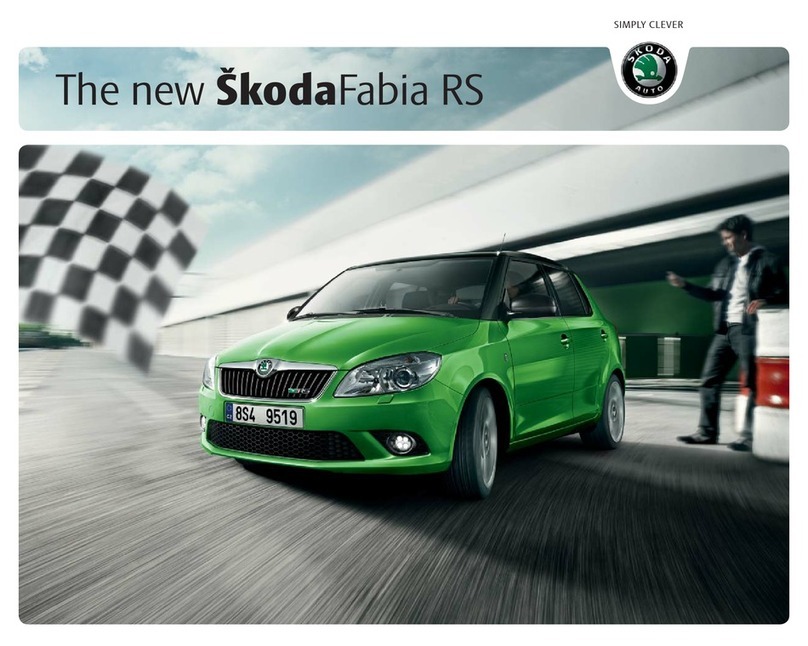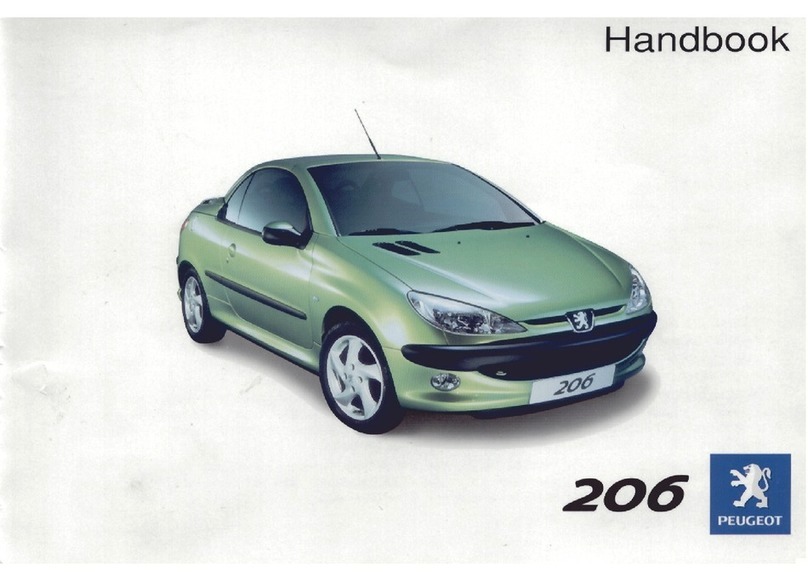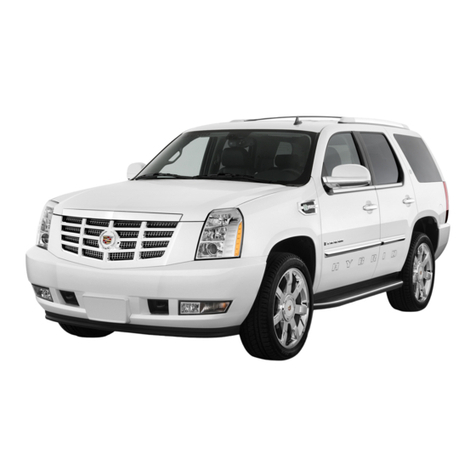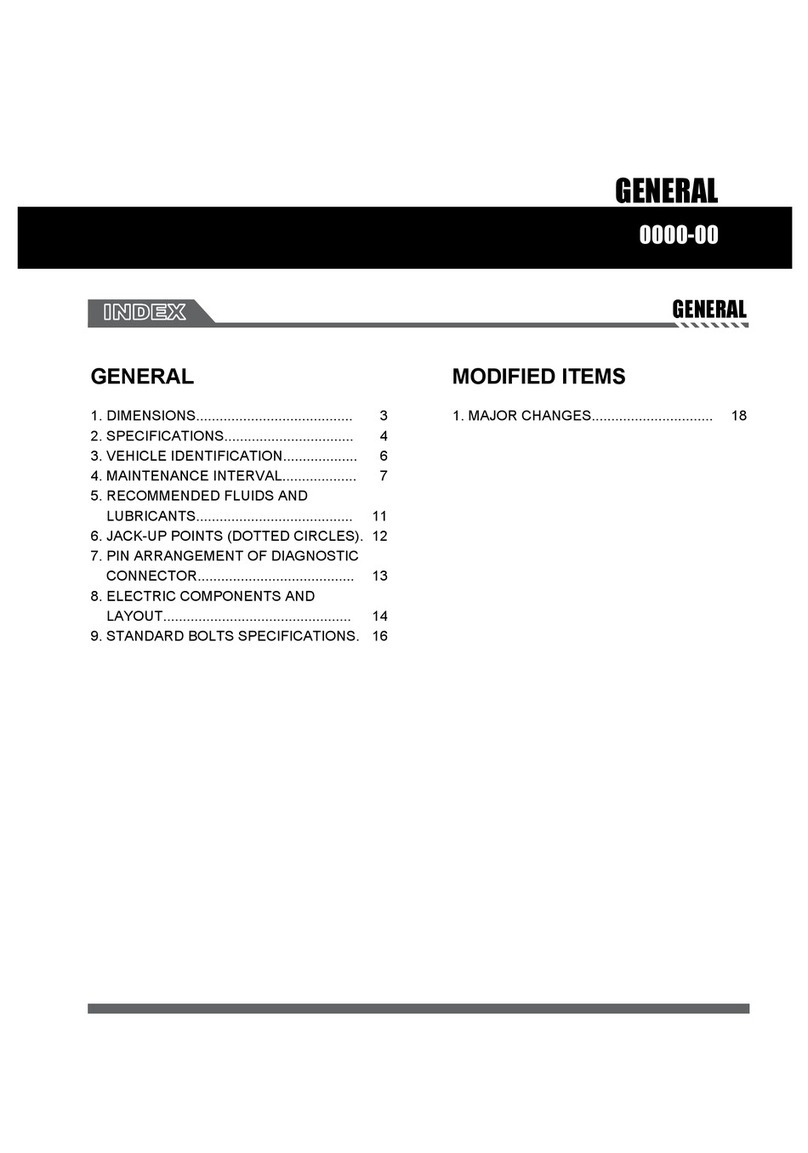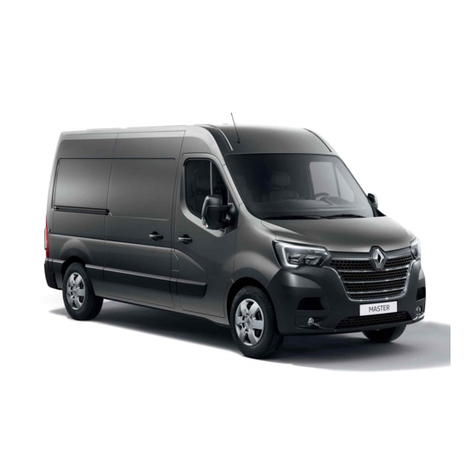
G/H Van (GMT 610) 2005
G/H VAN (GMT 610)
ii
PAGE
BODY BUILDERS INSTRUCTIONS – Continued
Section 10 – Tires ............................................................................................................................................................................ 16
Section 12 – Electrical Battery and Battery Cables ..................................................................................................................... 16
Battery Installation .................................................................................................................................................................... 17
Accessory Power Supply Feeds ............................................................................................................................................... 19
Section 13 – Cooling ....................................................................................................................................................................... 20
MODEL SYMBOL CHART
Model Symbol Chart ....................................................................................................................................................................... 21
BODY – EXTERIOR
General Arrangement, 135” WB – G/H 134/234/334 and 155” WB – G/H 237/337..................................................................... 25
General Arrangement, 139” WB – G335 / 159” WB – G338 / 177” WB – G339 ........................................................................... 26
Sign Area, 135” WB – G/H 134/234/334 ......................................................................................................................................... 27
Sign Area, 155” WB – G/H 137/237/337 ......................................................................................................................................... 28
Window Opening, 135” WB – G/H 134/234/334 ............................................................................................................................ 29
Window Opening, 155” WB – G/H 137/237/337 ............................................................................................................................ 30
Glass Area, 135” WB – G/H 134/234/334 ....................................................................................................................................... 31
Glass Area, 155” WB – G/H 137/237/337 ....................................................................................................................................... 32
Mirrors — Outside Rearview .......................................................................................................................................................... 33
G Cutaway, Rear Flange Opening Dimensions ............................................................................................................................ 34
Rear CHMSL Location .................................................................................................................................................................... 35
BODY – INTERIOR
Seating Positions and H Point Locations 2, 5, 8, 12, 135” WB .................................................................................................... 36
Seating Positions and H Point Locations 2, 4, 8, 12, 155” WB .................................................................................................... 37
Seating Positions and H Point Locations 2, 4, 8, 12, 15, 155” WB .............................................................................................. 38
1st Row Driver and Passenger Seat Riser Mounting Locations ................................................................................................ 39
Seating Tie Down Locations, 12 Passenger, 135” WB ................................................................................................................. 40
